




The First Computing Machine
The Abacus is perhaps the first known calculator. It has been in use since at least 1100 BCE and is still prevalent today, especially in Asia.
It was the earliest calculator, developed by the Chinese after being discovered by the Mesopotamians. It is a calculator that is also known as a counting frame and also is predominantly used in Asia to execute arithmetic operations.
Chronological History of Computing Hardware:
The Abacus
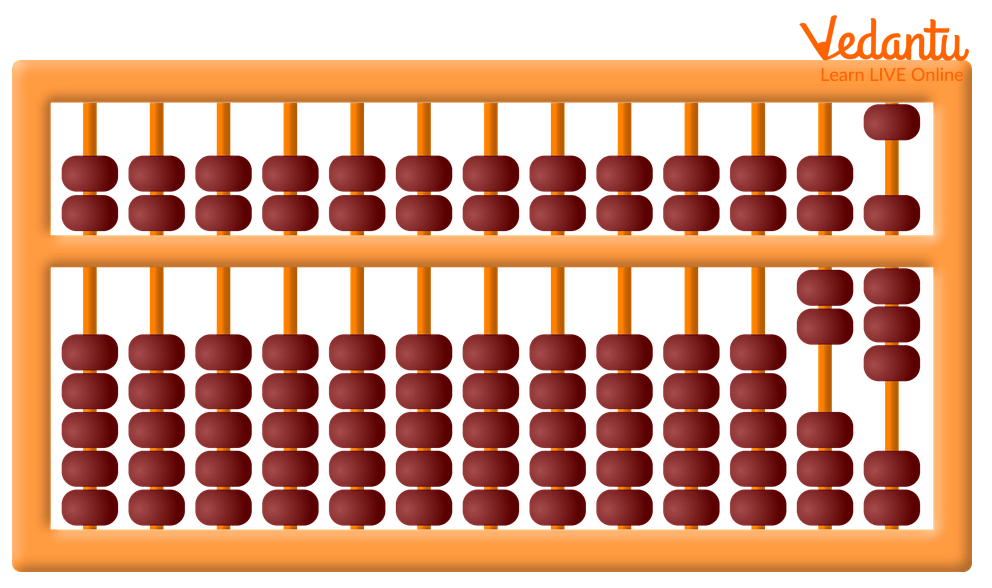
Abacus
It was the earliest calculator, developed by the Chinese after being discovered by the Mesopotamians. It is a calculator that is also known as a counting frame and also is predominantly used in Asia to execute arithmetic operations. Rods, beads, and frames make up an abacus. The arrangement of the beads in the abacus is used for calculation. Basic mathematical operations including addition, subtraction, multiplication, and division are possible. Additionally, it is capable of doing operations like counting to the nth decimal place, computing sums with negative values, etc.
Napier's Bones

Napier's Bones
John Napier developed Napier's bone in 1617 for dividing and multiplying integers. A notable Scottish mathematician was Sir John Napier. A hand tool constructed of rods was used. Ten bones represent the numerals 0 through 9, while an additional unique eleventh bone stands in for the multiplier. The multiplier bone is just a vertically down numbered list of the numerals 1 through 9.
The Pascaline is a mechanical device.
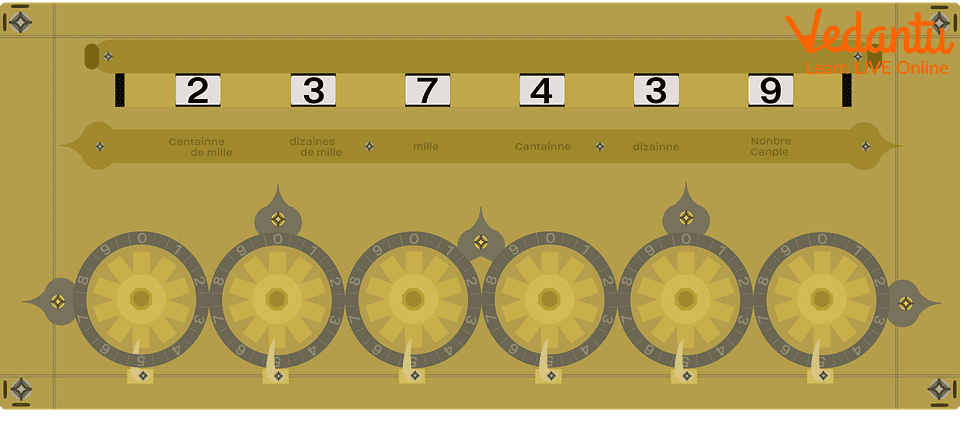
The Pascaline
The computerized calculator The mechanical Pascaline was created between 1642 and 1644 by the French mathematician and philosopher Blaise Pascal. It had wheels with teeth and was constructed of a chain. It was able to carry out automated transfers as well as the addition and subtraction of integers.
The Leibniz Calculator
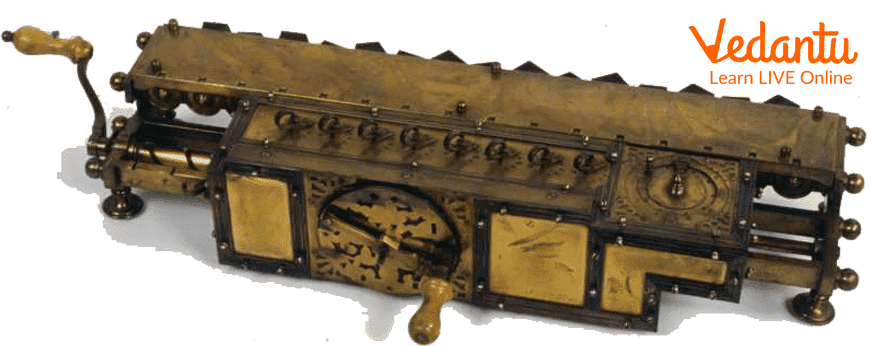
The Leibniz Calculator
German mathematician and thinker Gottfried Wilhelm Leibniz created a mechanical calculator, which he finished in 1694. In addition, it is divided and multiplied. Steel and copper were used to make it.
Jacquard's Loom: Punch Card
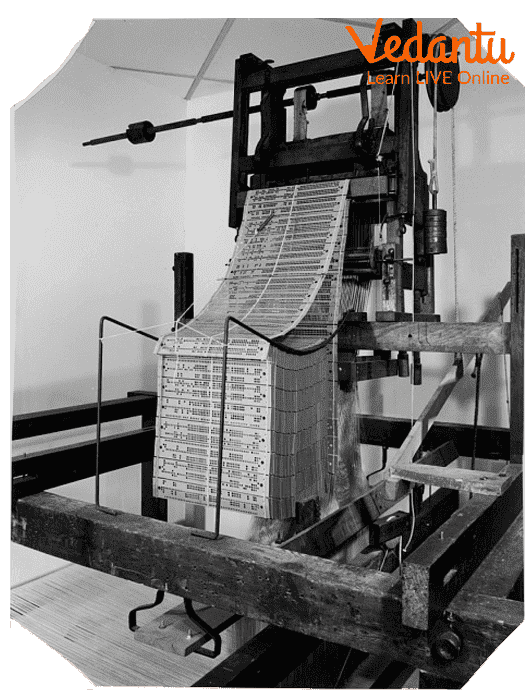
Jacquard's Loom: Punch Card
Joseph Marie Jacquard invented the motorized Jacquard loom in 1801 to make it easier to produce fabrics with intricate patterns. It was the first piece of equipment to employ punch cards to direct a series of actions.
Difference Engine
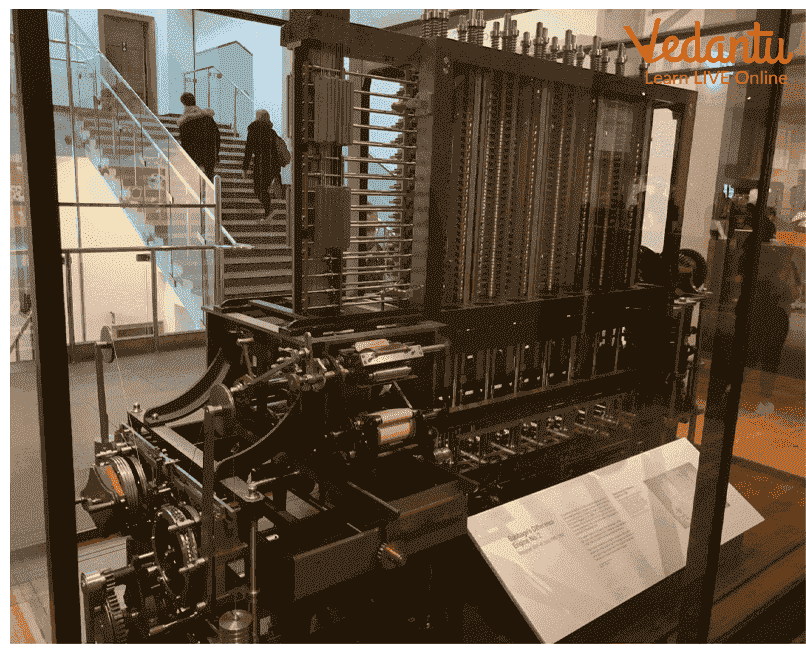
Difference Engine
Charles Babbage created this early calculator. The calculation of many mathematical operations and mathematical tables was done using the difference engine. Wheels and rods were used in this project, which was started in 1821, but it lost its test in 1833 since the technology at the time was not too advanced.
Analytical Engine
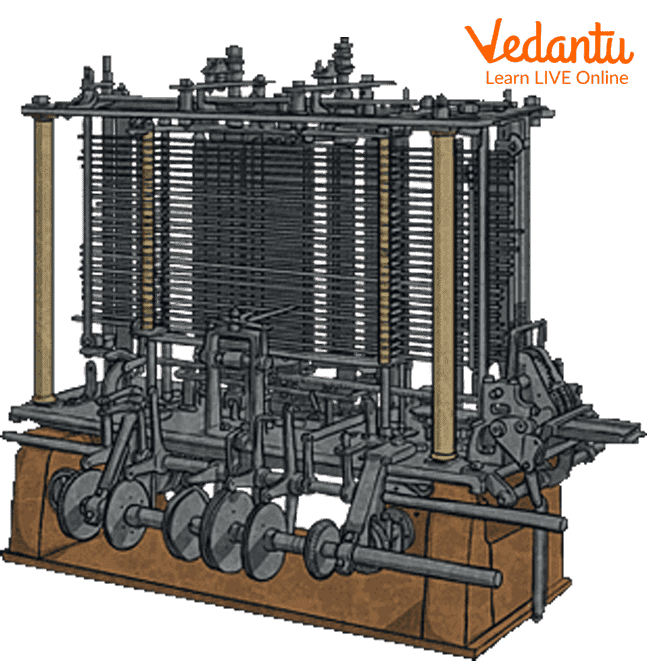
Analytical Engine
An essential development in the evolution of computers was the analytical engine. It was an automated device with all the functions of a contemporary computer in the past.
The Hollerith Machine
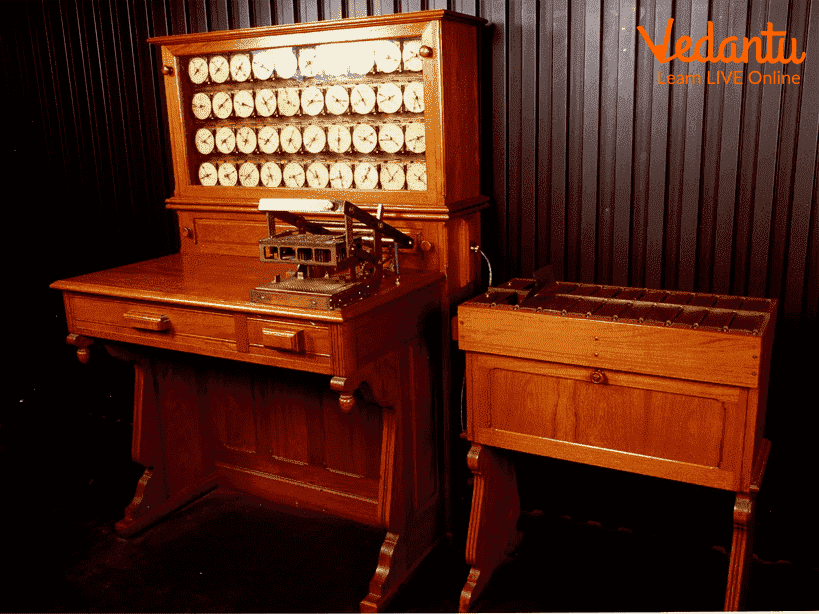
The Hollerith Machine
A mechanical tabulator centered on punched cards was created by American statistician Herman Hollerith to quickly tabulate statistics from thousands of bits of data. It was a swiftly counting tabulating device.
Mark I - electromechanical computer

Mark I - Electromechanical Computer
A general-purpose electromechanical computer called the Harvard Mark I, also known as the IBM Automatic Sequence Controlled Calculator, was employed in the war effort during the last stages of World War II. John von Neumann started one of the initial programs that ran on the Mark I on March 29, 1944.
Summary
In Abacus, the arrangement of the beads in the abacus is used for calculation. Basic mathematical operations including addition, subtraction, multiplication, and division are possible. John Napier developed Napier's bone in 1617 for dividing and multiplying integers.
The mechanical Pascaline was created between 1642 and 1644 by the French mathematician and philosopher Blaise Pascal. Charles Babbage created this early calculator. An analytical engine was an automated device with all the functions of a contemporary computer in the past. The Mark-1 was built in 1943. The automatic sequence-controlled computer was another name for it.
Solved Questions
1. Who invented the Leibniz calculator?
Ans: German mathematician and thinker Gottfried Wilhelm Leibniz created a mechanical calculator, which he finished in 1694. In addition, it is divided and multiplied. Steel and copper were used to make it.
2. Who invented the first mechanical calculator - Pascaline?
Ans: The computerized calculator The mechanical Pascaline was created between 1642 and 1644 by the French mathematician and philosopher Blaise Pascal.
3. Describe the first calculating device ‘The Abacus’.
Ans: The arrangement of the beads in the abacus is used for calculation. Basic mathematical operations including addition, subtraction, multiplication, and division are possible. Additionally, it is capable of doing operations like counting to the nth decimal place, computing sums with negative values, etc.
Learning by Doing
1. Who invented Pascaline
Adam smith
Max weber
Blaise Pascal
2. Which hardware is also called a Punch card?
The Leibniz Calculator
Jacquard's Loom
Difference Engine
FAQs on History of Computing Hardware
1. What was the very first computing device?
The abacus is the first known calculator. It has been in use since at least 1100 BCE and is still prevalent today, especially in Asia.
2. Who invented Mark 1?
The initial Mark I was 50 feet in length and five tonnes in weight. It was created in 1937 by Harvard graduate student Howard Aiken, who took inspiration from British scientist and inventor Charles Babbage years earlier.
3. What was the The First Computing Machine
The abacus was possibly the earliest calculator ever made. It has been used at least since 1100 BCE and is still widely used today, particularly in Asia.
The Mesopotamians had found the oldest calculator, which was created by the Chinese. It is a counting frame, which is another name for a calculator that is mostly used in Asia to do mathematical calculations.









